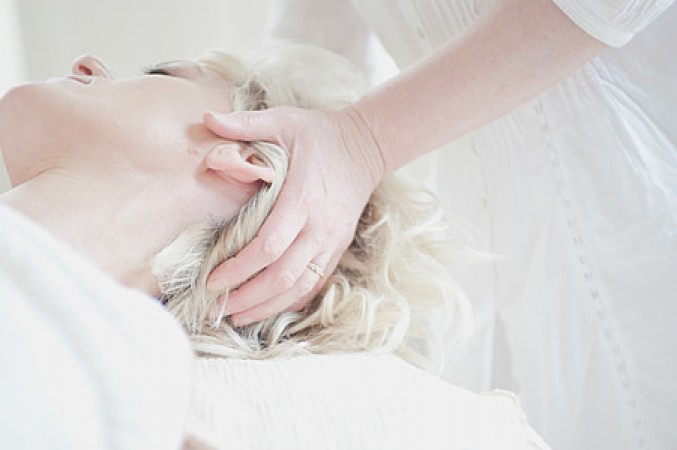
In a world dominated by modern medicine, ancient healing practices like acupressure continue to thrive due to their effectiveness and holistic approach. Acupressure is an ancient healing technique that originated in China thousands of years ago. It involves applying pressure to specific points on the body to stimulate natural healing processes and alleviate pain. This article will explore the history, principles, benefits, and techniques of acupressure, shedding light on its relevance in today's society.
Understanding Acupressure
What is Acupressure?
Acupressure is a therapeutic practice that falls under the umbrella of Traditional Chinese Medicine (TCM). It is based on the belief that the body is interconnected through energy pathways, or meridians, which carry vital life force known as "Qi" (pronounced chee). When Qi flows smoothly through these meridians, a person experiences good health, but when the flow is blocked or imbalanced, health issues and pain may arise. Acupressure aims to restore the balance of Qi by applying pressure to specific acupoints along these meridians.
The History of Acupressure
Acupressure has a rich history that dates back over 5,000 years. It was first mentioned in ancient Chinese texts, including the Huangdi Neijing (Yellow Emperor's Classic of Internal Medicine), one of the fundamental works of TCM. The practice spread to other Asian countries like Japan, Korea, and India, where it merged with their indigenous healing methods. Today, acupressure is recognized and practiced worldwide.
Principles of Acupressure
Qi and Meridians
At the core of acupressure lies the concept of Qi and meridians. Qi is the life force energy that flows through the body, nourishing and supporting its various systems. Meridians are the channels through which Qi travels. Each meridian corresponds to a specific organ system and is connected to a set of acupoints. By stimulating these acupoints, acupressure practitioners aim to influence the flow of Qi and restore harmony within the body.
Yin and Yang
Another crucial principle of TCM is the balance between Yin and Yang, two opposing but complementary forces present in all aspects of life. Yin is associated with darkness, coldness, and passivity, while Yang represents light, warmth, and activity. In a healthy individual, Yin and Yang are in equilibrium. Acupressure helps maintain this balance by addressing any imbalances in the body.
Benefits of Acupressure
Acupressure offers a wide range of physical, emotional, and mental benefits. Some of the key advantages include:
1. Pain Relief
One of the most well-known applications of acupressure is pain management. By targeting specific acupoints, acupressure can provide relief from headaches, back pain, joint pain, and menstrual cramps.
2. Stress Reduction
Acupressure promotes relaxation and helps reduce stress and anxiety. The calming effect of the therapy allows individuals to achieve a state of mental and emotional balance.
3. Improved Digestion
Stimulating certain acupoints can aid in digestion by promoting the smooth flow of energy and addressing digestive issues like bloating and indigestion.
4. Enhanced Immunity
Regular acupressure sessions can strengthen the immune system, making the body more resilient to illnesses and infections.
5. Better Sleep Quality
Acupressure can improve sleep patterns by addressing underlying issues such as insomnia and restlessness.
Techniques of Acupressure
1. Thumb Pressure
The most common acupressure technique involves using the thumb to apply gentle but firm pressure to the acupoints. Circular motions or steady pressure can be used, depending on the desired effect.
2. Palm Pressure
Palm pressure is effective for larger acupressure areas, such as the back or abdomen. The practitioner uses their entire palm to exert even pressure on the acupoints.
3. Knuckle Pressure
For more intense pressure, the practitioner may use the knuckles to target specific points, especially in areas with thicker muscle layers.
4. Wrist and Ankle Rolling
This technique involves gently rolling the wrist or ankle over the acupoints to stimulate them and promote energy flow.
In a world where medical advancements often take center stage, it's essential to recognize the enduring value of ancient healing practices like acupressure. With its roots deeply embedded in Chinese culture, acupressure continues to offer numerous physical and emotional benefits to people worldwide. From pain relief to stress reduction, the art of acupressure has stood the test of time and remains a valuable tool for enhancing overall well-being.
Natural Remedies for Insomnia: Promoting Better Sleep without Prescription Drugs
The Miraculous Benefits of Turmeric: The Golden Spice for Health and Wellness